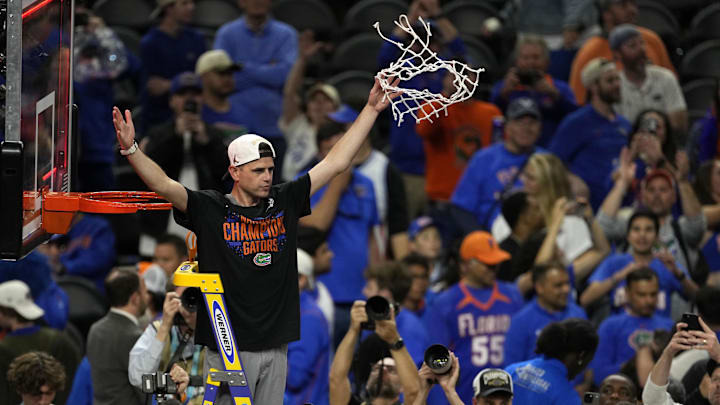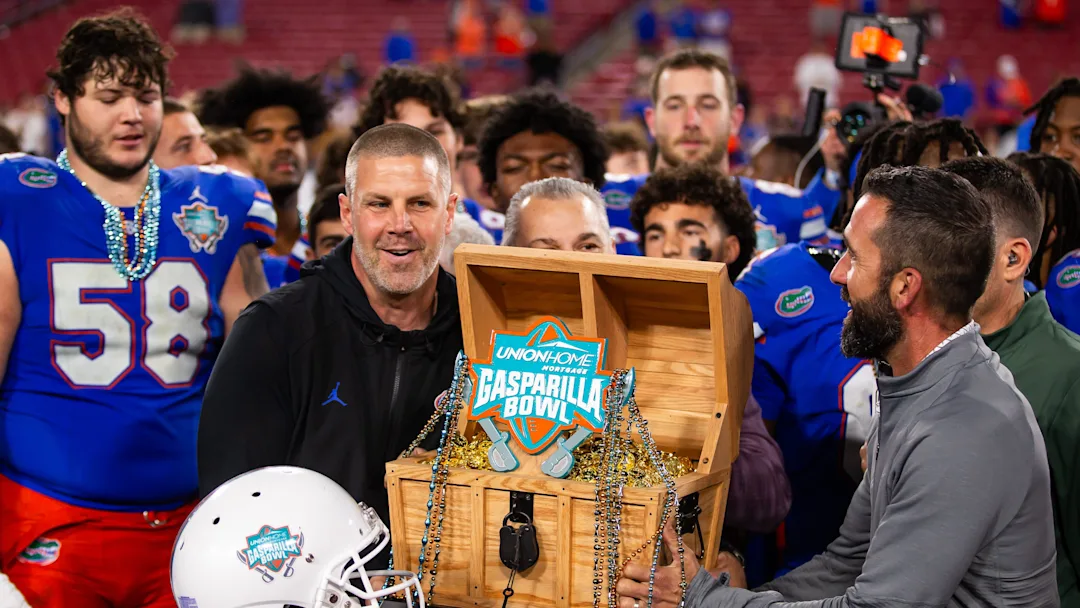The NCAA is currently embroiled in a controversy surrounding NIL (Name, Image, and Likeness) compensation and roster size restrictions. Heading into the summer, the plan was for each football team to reduce its roster to 105 players — 85 on scholarship and 20 walk-ons. This posed a significant challenge for the Florida Gators, as head coach Billy Napier is known for maintaining an unusually large roster and keeping a high number of walk-ons.
However, a legal battle over this hard cap of 105 players has prompted the NCAA to adjust its stance. In an effort to satisfy the courts, the NCAA proposed a revised approach in the House settlement case, allowing current players to be “grandfathered in.” This means schools can keep existing players even if they exceed the cap, though they’ll eventually need to comply with the 105-player limit over time.
The legal issue centers on claims from players receiving NIL money, who argue that enforcing an arbitrary roster cap negatively impacts them.

Napier’s preference for large rosters is evident — Florida had 114 players this spring and 131 last fall. Though many of these athletes never see the field, Napier emphasizes the importance of depth, especially later in the season when injuries mount. He argues that, unlike the NFL, college teams can’t easily replace players, so having ample walk-ons helps maintain productive practices and manage player workloads.
In Napier’s system, walk-ons also offer strategic flexibility, such as taking chances on talented players like Cormani McClain without worrying about using a roster slot.
While the situation remains fluid and more developments are expected, the current direction of the NCAA’s settlement appears to support the Gators’ roster-building strategy.

